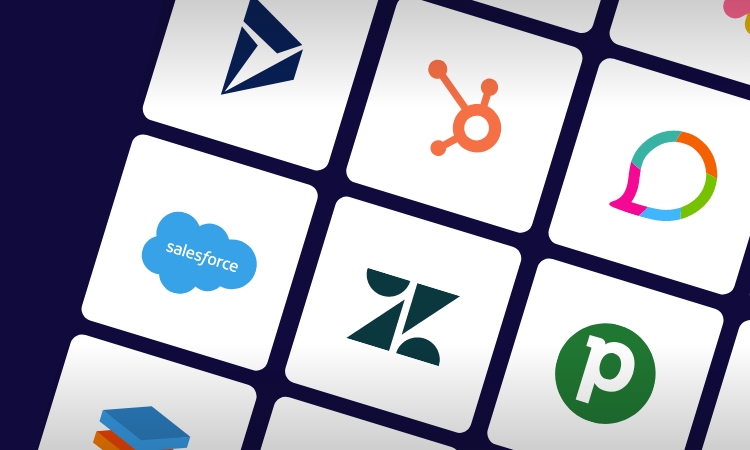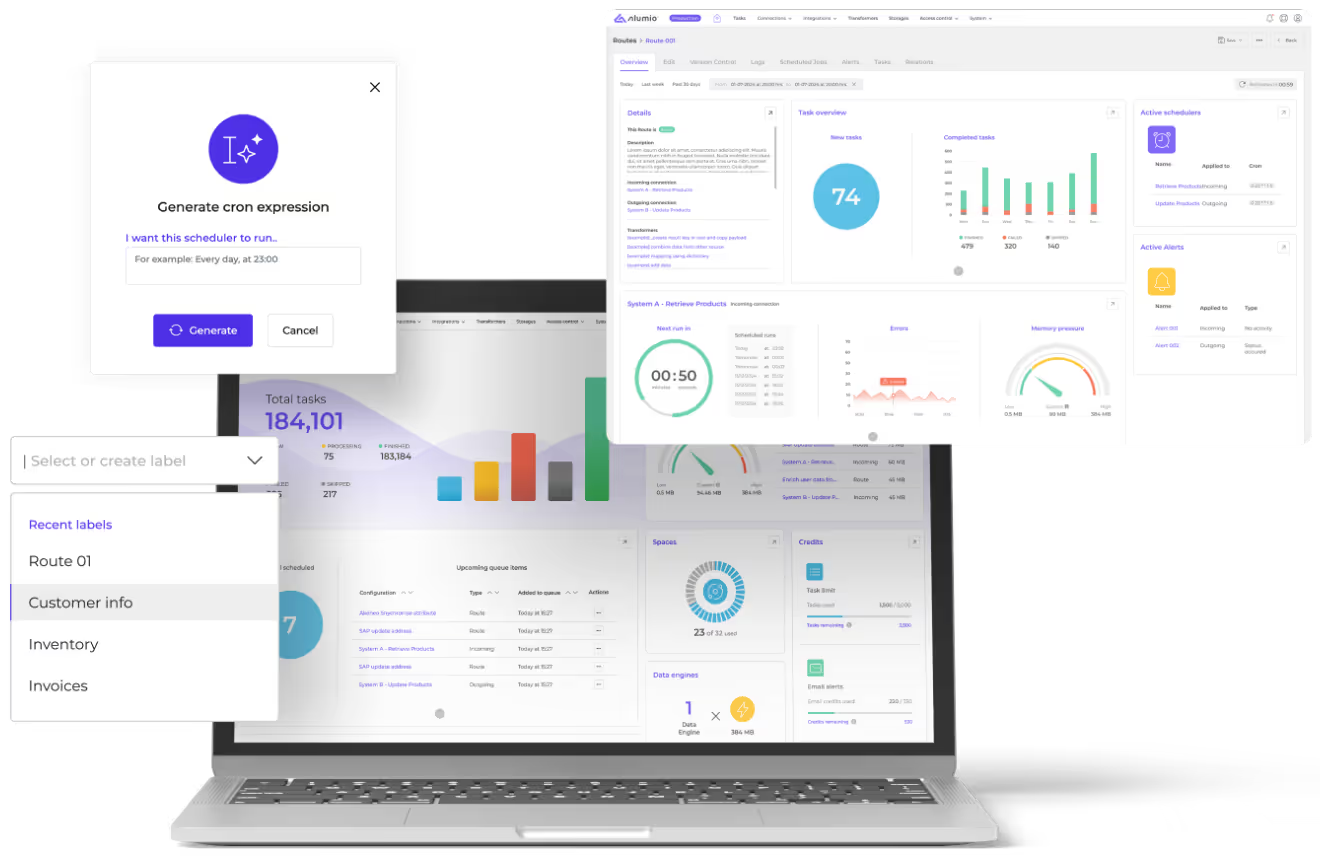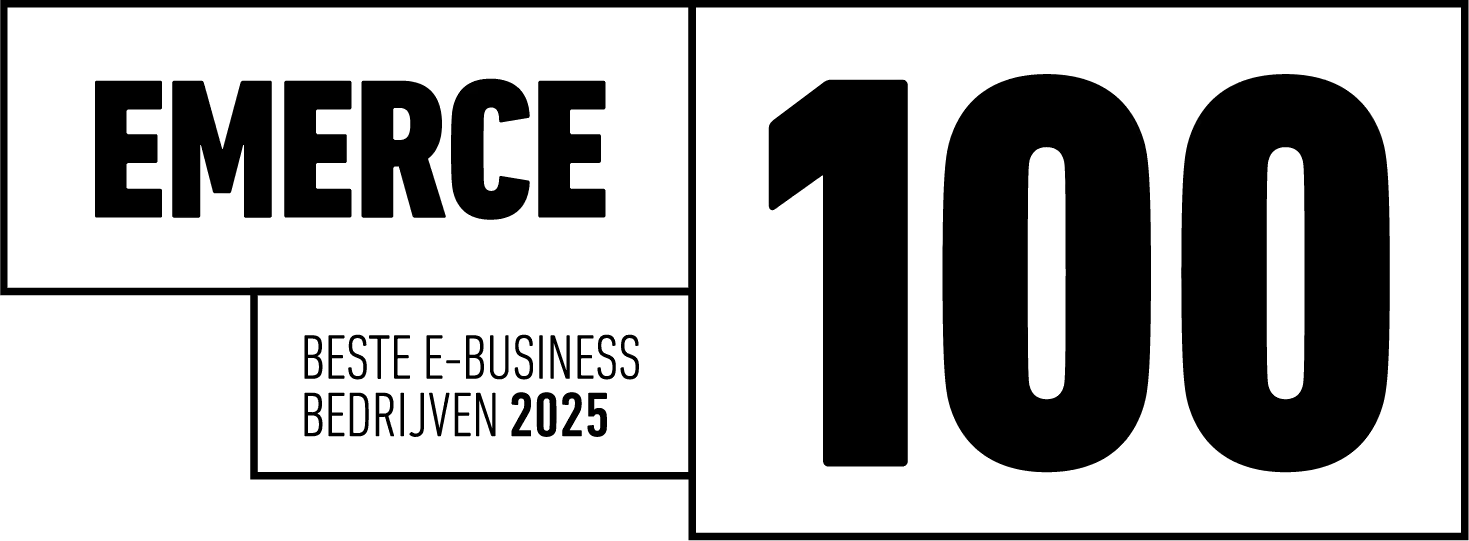CRM vs ERP systems: what’s the difference?
Before you decide what to integrate first, it helps to understand how CRM and ERP systems operate.
CRM, or Customer Relationship Management, is focused on the front office; primarily sales, marketing, and customer service. It's typically used by sales reps, marketers, and support teams to manage leads, track pipelines, run campaigns, and handle customer cases. Popular CRM platforms include Salesforce, HubSpot, Microsoft Dynamics CRM, and Zoho.
ERP, or Enterprise Resource Planning, powers the back office. It’s used by finance teams, operations managers, and HR departments to manage core functions like order processing, invoicing, procurement, inventory management, and payroll. Leading ERP systems include SAP, Oracle NetSuite, Microsoft Dynamics 365, and Exact.
In short, a CRM helps you grow by optimizing how you attract and serve customers, while an ERP helps you scale by streamlining fulfillment, finance, and operations.
Why CRM and ERP integration matters
Disconnected systems cause broken processes, duplicate data, and frustration for your team and customers. Integrating CRM and ERP allows for:
- End-to-end visibility: From lead to cash, every step is tracked and streamlined.
- Fewer silos: Sales, finance, and ops can finally speak the same data language.
- Better customer experience: Accurate inventory, faster quotes, and seamless updates.
- Less manual work: Automate workflows like deal-to-invoice and order-to-fulfillment.
What to integrate first: CRM or ERP?
The answer depends on your current pain points. Here’s how to decide:
Start with integrating your CRM if:
- You’re focused on growth and customer acquisition
- Your sales and marketing teams work in disconnected tools
- You need better lead tracking, automation, and reporting
- Your ERP or back-office tools are stable for now
Example: A fast-growing D2C brand wants to accelerate pipeline growth and streamline marketing-to-sales handoffs.
Start with integrating your ERP if:
- You're struggling with fulfillment, finance, or inventory bottlenecks
- Manual processes are slowing down your operations
- You already use a reliable CRM
- Finance or procurement need clean, connected data
Example: A wholesale distributor handling thousands of SKUs wants to automate order processing and reduce errors in invoicing.
Tip: Start with the system causing the most business friction. Not sure which that is? Talk to our team for a quick assessment.
The case for parallel or phased CRM and ERP integration
Good news: with an iPaaS like Alumio, you don’t have to pick just one.
- Start with the critical integration (CRM or ERP) to solve today’s pain
- Add the second system later without redoing your architecture
- Use prebuilt connectors for tools like Salesforce, HubSpot, SAP, and Exact
- Scale incrementally based on business readiness
How Alumio enables smart CRM and ERP integration
Alumio is a flexible integration platform built for digital ecosystems. Whether you're integrating a CRM, an ERP, or both, Alumio gives your team the tools to:
- Connect leading CRMs like HubSpot, Salesforce, and Microsoft Dynamics
- Integrate top ERPs like SAP, Exact, Oracle NetSuite, and Dynamics 365
- Sync data in real time between orders, customers, and financial systems
- Map and transform data across platforms; visually and without custom code hassles
- Monitor flows with error handling, audit logs, and real-time alerts
Key features for CRM-ERP integration:
- API-first architecture for long-term flexibility
- Data mapping & transformation without code
- Event-based flows (opportunity → order → invoice)
- Collaborative environment for IT and business teams
Real-world workflows: CRM and ERP in sync
Here’s what CRM vs ERP integration looks like in practice:
- CRM → ERP
Sales closes a deal in HubSpot → Alumio sends order and customer data to SAP to trigger invoicing. - ERP → CRM
Inventory levels change in NetSuite → Alumio pushes stock availability to Salesforce to update reps. - Bi-directional sync
Customer address updates in Microsoft Dynamics CRM → Alumio syncs it back to Exact and vice versa.
Browse our case studies to see how mid-sized and enterprise businesses run CRM-ERP integrations with Alumio.
Conclusion: Start where it matters most
When it comes to CRM vs ERP integration, there’s no one-size-fits-all answer. The right starting point depends on your business needs, team priorities, and current bottlenecks. What matters most is choosing a platform that allows you to evolve.
With Alumio, you can:
- Solve your most pressing data disconnect first
- Scale integrations as your tech stack matures
- Future-proof your ecosystem with a flexible, no-code environment
Ready to connect your CRM and ERP systems?
Book a demo or schedule a consultation with us to plan your CRM ERP integration strategy today.

























